[Review] The Talos Principle
When I first added Talos Principle to my wishlist back in 2014, I thought: Hey neat, a puzzle game made by the Serious Sam dev team, maybe I will check it out someday.
And so I did, 7 years later, in 2021, I finally bought and booted up the game. I was expecting yet another simple game puzzle game trying to emulate Valve's Portal series, like the many out there. I was wrong. It has clear inspirations from Portal but it is a rare beast of its own.
In The Talos Principle, you will take a journey through the ruins of ancient civilization, solving puzzles in a non-linear order, involving multiple types of mechanics.
/// Gameplay
In regards to puzzle mechanics, you have your usual suspects: cubes, buttons, turrets, lasers, but there are some interesting ones, that breaks the mold for this kind of game like moving landmines, emp jammers, fans, time manipulation, and they all interact with each other in really clever and different ways, allowing for a well-paced increase in complexity as the game goes on.
The big differential from Talos to other portal imitators is: You have no special gimmick. No special gun, no physics altering powers.
You interact with the environment simply by picking up and putting objects down. While that sounds really simplistic and rudimentary, the trick with Talos lays in the interaction between objects and how you can exploit them to your advantage, and how it makes you think outside the box.
/// Structure and pacing
The world is divided into 3 major Worlds, A, B, and C, each with seven areas and two secret zones, each area contains several puzzle rooms that can be completed in any order, as long as you have the tools and brains to do it.
As you complete puzzles you will earn ''Sigils'', tetrominoes of different colors, each color corresponds to difficulty and once you have enough sigils of one color they can be used as a key to progression.
- Green tetrominoes are earned in easier puzzles and will be used to unlock the World areas.
- Gold sigils are found in medium puzzles and they will give you access to new mechanics.
- Red ones can be found in harder puzzles and will grant you access to the Forbidden Tower.
- Stars are found hidden around the whole game and allow access to secret areas.
- Silver tetrominoes are found inside secret areas in the hardest challenges in the game.
Out of these only Green and Gold are needed to finish the game, the rest is optional, however, keep in mind that the true ending requires the Red Sigils. And I recommend you go after them.
Stars and Silver Sigils are more of a collectible, but they do give access to a bonus third ending I like to call ''The completionist ending''. It's not even an ending per se, it's more of a special extra for people that collected every single Sigil and star in the base game (129 sigils and 30 stars total).
This Sigils System provides for a non-linear approach to the puzzles, if get stuck you can just walk out and go solve another one and come back later. However to progress you still require a certain number of Sigils, therefore the system strikes a delicate balance between maintaining a feeling of freedom while also preserving a sense of progression that motivates the player to push forward.
I also need to point out that Croteam followed Valve's approach to learning, called invisible tutorials. There are no obnoxious prompts, waypoints, or hand-holding here, the levels are expertly crafted to encourage experimentation and letting the player learn on its own terms.
Whenever a new object is introduced, it doesn't take long to figure out what its mechanics are, and how it can be used to your advantage. Then the following levels will introduce you to more unexpected and advanced interactions.
Add more objects into it, and you have a steady but ever-increasing complex web of mechanic interactions between different objects as the game goes on.
The most fun aspect of this is that while puzzle areas are somewhat isolated, there is plenty of opportunities to smuggle in items or even exploit mechanics from other nearby puzzles. These exploits are not needed, neither is easy to pull off, but most of them are also there on purpose.
Being able to break the system and find alternate ways to finish a puzzle is really rewarding. And that teaches you a trick or two about thinking outside the box, as you will need to do that to access secret zones, again, invisible tutorial, the game teaches you to break the rules and you don't even notice.
/// Artistic aspects
I think that for any game, art style and atmosphere matter way more than simply pretty visuals, however for a 2014 game Talos Principle still looks gorgeous today. Its art style is a mix of modern technology and ancient structures, leading to an interesting style and further fuel the player's curiosity to understand what this world means.
The music is perfect for this kind of game, ranging from relaxing ambient music to awesome gregorian chants. And when paired with its beautiful environments, it creates an enthralling atmosphere of exploration, mystery, curiosity, and relaxation something that greatly benefits to prevent frustration in puzzles.
/// Story
The most fantastic part of this game honestly, The Talos Principle deals with one simple question: What does it mean to be human?
Spoilers ahead, I just ask you, please play this game for yourself blind, don't ruin this experience, and the only advice I got is, don't ignore the Terminals, you will know what I mean when you see it.
You wake up in a beautiful garden, a man speaks to you claiming to be God, calling himself Elohim, he says that your purpose is to collect his sacred Sigils and obtain eternal life.
While you do what you are told and complete the puzzles, by our very nature you will want answers, to know what is this world you are in, what is your purpose, what are the puzzles, who is Elohim? Is he lying to you?
In between puzzles you will come across Computer Terminals, these provide excerpts of philosophical texts, scientific articles, religious myths, and more random ones like chat logs, blog posts, emails, internet articles that may provide some snippets of what is going on in this world. These texts can be both real or fictional texts.
While you seek answers in these Terminals from time to time and try to gain access to more, it asks you to prove you are human. The system now asks questions about your concepts of morality, science, religion, ethics, culture, philosophy, AI, life, death. The system later debates and rebuts your answers, pointing out moral conflicts and flat-out contradictions in your choices. How can you prove that you are indeed sentient? You can't, can you?
These philosophical debates with the computer become center stage as the game goes on, you get eager to return, to see what it has to say, and it is expertly written.
Through the Socratic method, a method of hypothesis elimination where better hypotheses are found by steadily identifying and eliminating those that lead to contradictions based on asking and answering questions to stimulate critical thinking, the writers poses common assumptions that we make about what it means to be human, to be sentient, and through exposing these contradictions in our answers they make us reflect about these topics. It is truly enlightening. It is one of the few games that will change how you view certain topics about life.
While many games tried to approach this topic only to come off as pretentious and/or shallow, Talos is very different. Written by Jonas Kyratzes and Tom Jubert who at that point wrote FTL, Swapper, Penumbra, and he would later go on to write Subnautica.
As the story continues, Elohim forbids you to climb a tower located in the Hub World, as it is a temptation that will only bring ruin and death. And so a few questions start to brew on your mind.
Is Elohim truly a god? Is he hiding something from you? Do you seek the Red Sigils and climb the Forbidden Tower? Elohim said the Terminal lies. The Terminal, however, said to not trust him.
/// Conclusion
The Talos Principle is a fantastic experience that everyone should have the pleasure to go through, it is an incredibly intelligent and beautiful game. I underestimated Croteam for way too long, don't do the same, play this game.
“Reality is that which, when you stop believing in it, doesn't go away.”
- Philip K. Dick






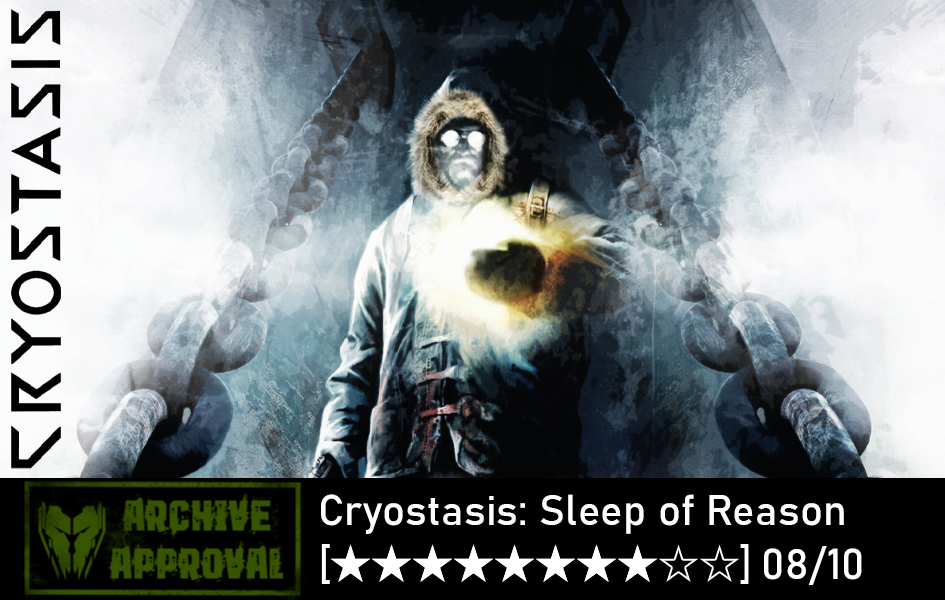

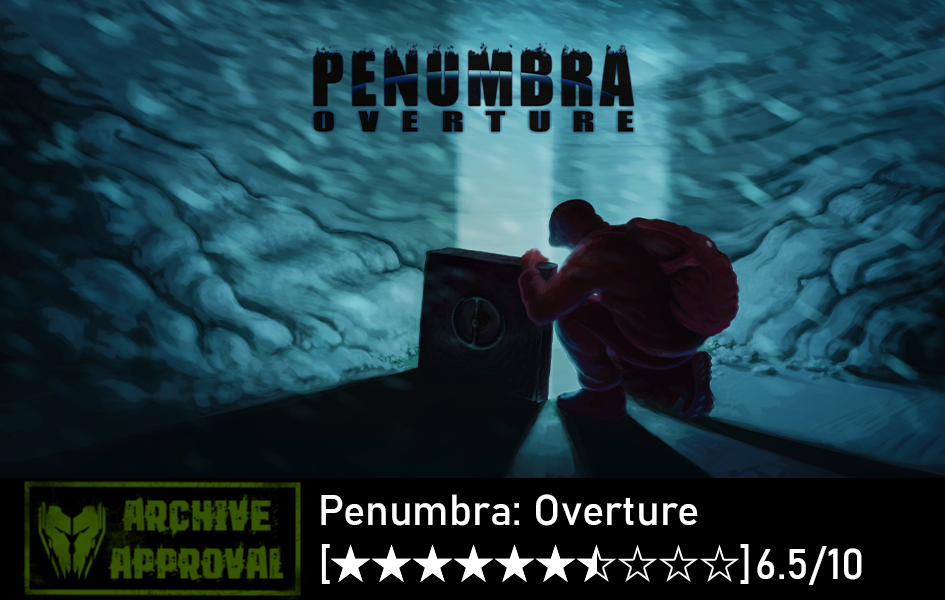
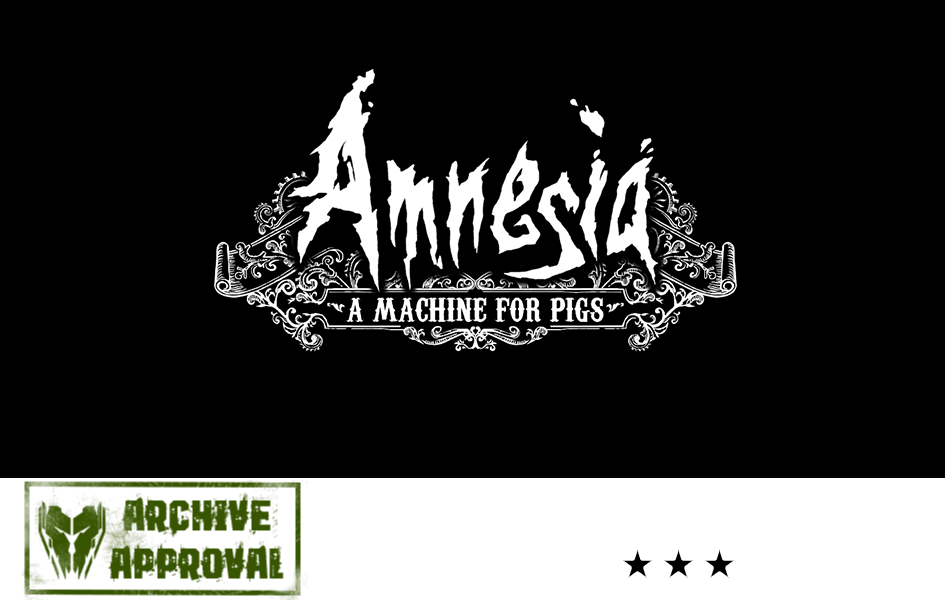

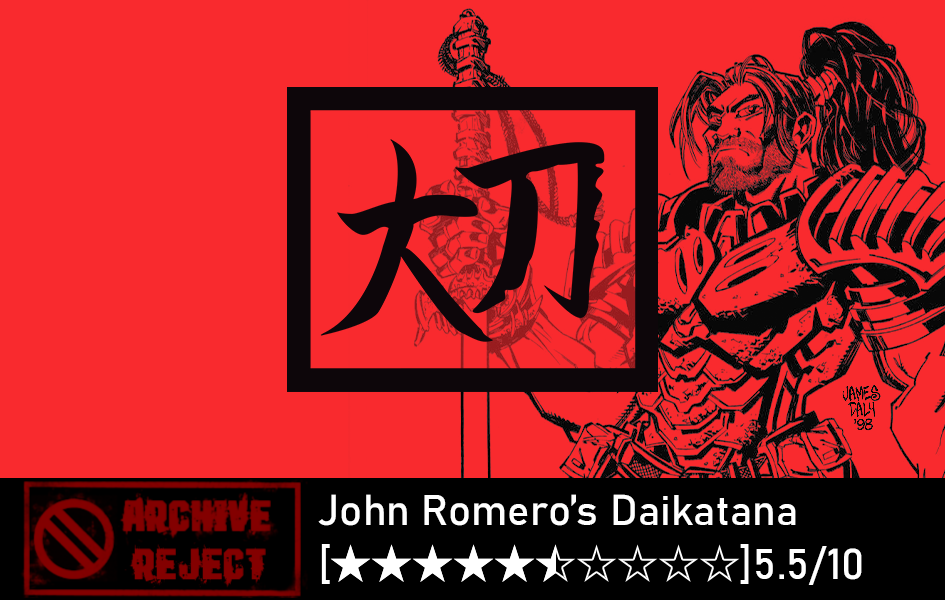
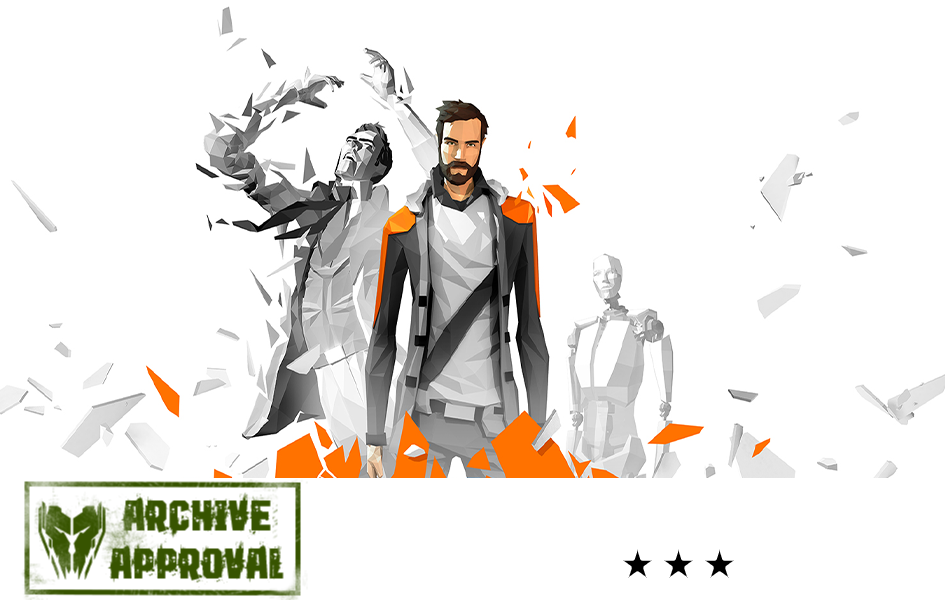
Comments
Post a Comment